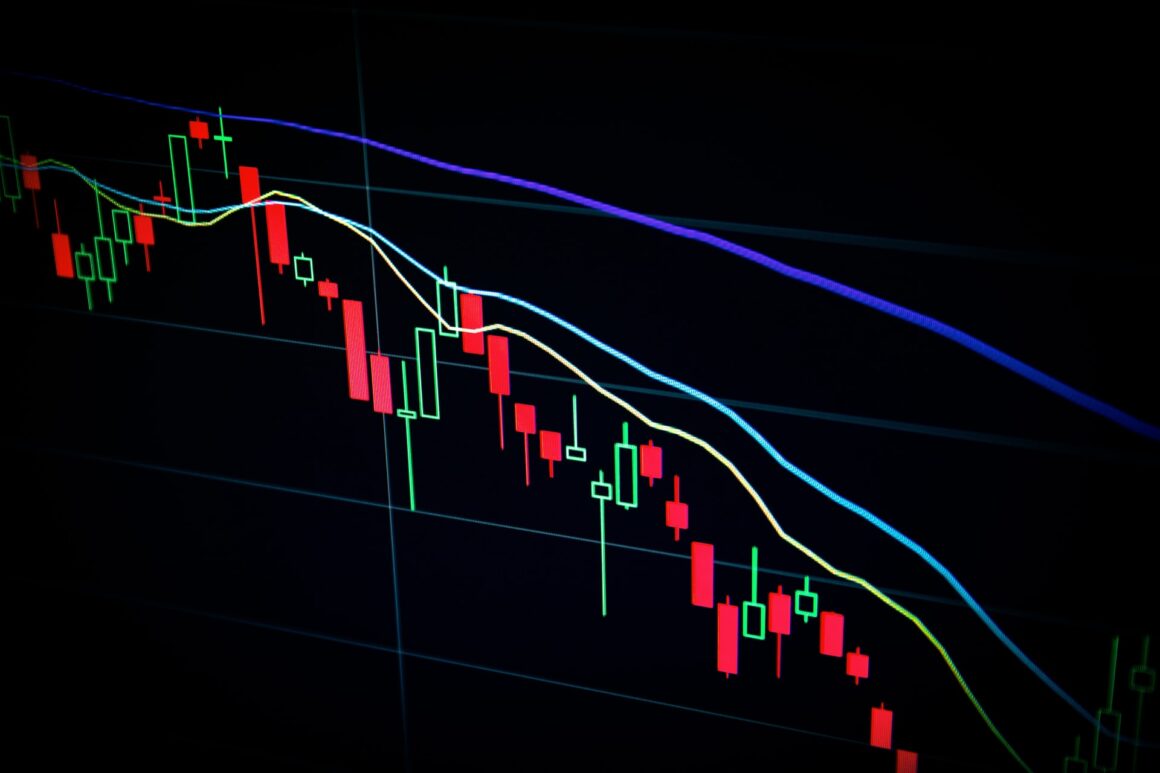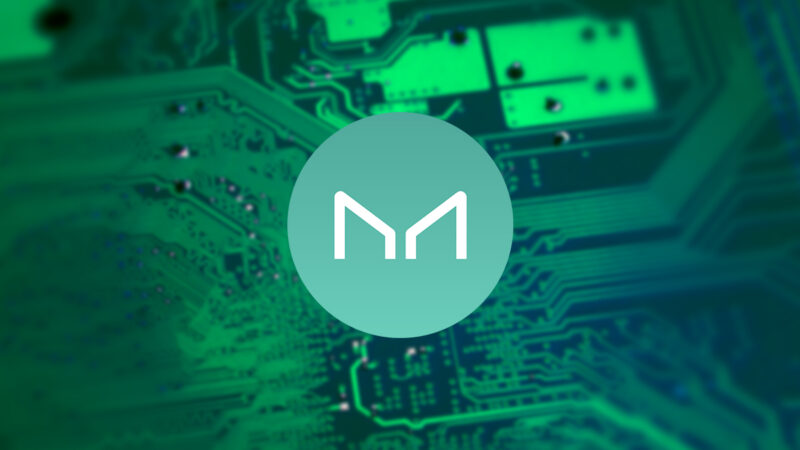Maker (MKR) is a decentralized technology stack, that is intended to be used as a bridge between the Ethereum blockchain and the decentralized Internet. The aim of Maker is to provide solutions for scalable, low cost, instant and transparent transactions, which are not possible on the Ethereum blockchain.
Maker (MKR) is a fully decentralized and community driven asset backed cryptocurrency. MKR will have its own blockchain, a decentralized autonomous organization and a cryptocurrency. MKR will have a simple, easy to understand and user friendly wallet. MKR is a stable coin with a fixed value and a wide range of assets, including ETH and BTC.
After months of low volume and volatility, Maker (MKR) has increased in volume and increased in volatility. The coin’s market cap has risen to $1 billion just after the launch of the Maker Platform – a platform that will let users launch their own decentralized autonomous entities (daa). At the time of writing, the market cap for Maker is $988,932,000 and it is trading at $9.66. The coin’s trading volume is $116,917,000 and its volatility is $0.14.
Maker (MKR) price Descending Triangle discovered by altFINS automated chart pattern detection. Within the next 56 days, a negative market movement towards the support 1,831.5451 is possible.
Here are the current Maker (MKR) charts.
Look at the coin chart patterns.
Recent research and news:
Here you’ll find up-to-the-minute news.
What is Maker (MKR) and how does it work?
On the altFINS portal, you may read the entire description as well as the latest news.
Overview
Maker is a peer-to-contract lending platform that allows for over-collateralized loans by encrypting Ether and minting Dai, a stablecoin linked to the US dollar. Dai maintains its stability via a dynamic system of collateralized debt positions, autonomous feedback systems, and external actor incentives. Dai may be freely given to others, used as a form of payment for products and services, or saved for the long term.
History

The Maker protocol is an open-source project that began in 2014 with the aim of developing a permissionless credit system that would enable users to borrow money using bitcoin as collateral. Smart contracts mint Dai, a stablecoin with a soft peg to the US dollar, to generate these loans. The Maker Foundation, in collaboration with a variety of outside partners, developed the protocol, and the foundation has sought to decrease its degree of control over time. They’ve progressively handed over authority to MakerDAO, a decentralized autonomous organization (DAO) that oversees the protocol. The DAO is made up of people from all around the world who possess the MKR token, which gives holders the ability to vote on critical changes. Dai’s Single Collateral Because Ethereum was the sole asset needed as collateral to take out a loan, the initial version was dubbed Single Collateral Dai (SCD). It began in December 2017 and has already grown to support $100 million in debt. Despite a 94% drop in the value of collateral at that period, the system remained stable, and Dai kept his peg on $1. Dai became an important part of the developing decentralized financial ecosystem because it was the first widely used stablecoin that did not need a business to back it with US dollars. While SCD proved to be successful, the plan was to switch to Multi Collateral Dai (MCD), which would allow it to take collateral other than Dai and make other design modifications. Making the Switch to Multi-Collateral Dairy MakerDAO updated the protocol to MCD in November 2019, with Basic Attention Token (BAT) being voted as the first extra collateral. While users are urged to transition to the new Dai, the old single collateral system will continue to operate. The single collateral system will eventually be taken away completely. MCD made other significant design modifications in addition to the new collateral, such as the introduction of the Dai Savings Rate (DSR), which enables Dai holders to earn yield, and collateral auctions, which establish a competitive market for liquidations. Internal squabbles The Maker Ecosystem Growth Fund (MEGF) was created towards the end of 2018 to manage the treasury of MKR tokens by nine board members selected by CEO Rune Christensen. According to a paper titled “Zandy’s Story” by former CTO Andy Milenius, following several disputes over how the money should be distributed, Rune offered two opposing options. The “red pill” was for those who wanted to follow his example and concentrate on government compliance and integration into the current financial system, while the “blue pill” was for individuals who didn’t want a formal organizational structure and instead wanted to work on MCD until it was no longer supported. The Purple Pill, on the other hand, was a group of people who wished to look into other possibilities. When the Purple Pill group was found, it was deemed conspiratorial, and five members of the board of directors were dismissed as a result. Members were then given a legal letter claiming they had been unjustly dismissed.
Technology

Vaults (formerly known as “collateralized debt positions – CDPs”) are a kind of safe deposit box. A Vault is a fundamental component of the Maker protocol and the mechanism by which Dai is produced. Depositing collateral into a smart contract, which subsequently mints the quantity of Dai requested by the user, creates a Vault. The collateral must be worth more than 150 percent of Dai’s value in dollars (current Collateralization Ratio). The user has complete control of their Dai. If they wish to recover their original collateral, they must repay both the Dai they took out and the loan’s interest rate (Stability Fee). If the value of the collateral falls below the collateralization ratio at any time, their position is susceptible to liquidations, in which anybody may come in and buy the underlying collateral to pay off the loan. These players, known as Keepers, are driven by the potential profit from purchasing collateral below market price and subsequently selling it on the open market. Auctions There are three different kinds of auctions. Surplus Auctions are held when loans are overcollateralized and stability fee payments exceed a particular threshold. Dai is then auctioned off to Keepers in exchange for MKR, which is then destroyed. When Vaults fall below the Collateralization Ratio, Collateral Auctions are held. The vault’s collateral is then auctioned until the loan is returned in full, plus a liquidation penalty. The sale then shifts to a reverse auction, in which a bidder offers to accept smaller pieces of collateral in exchange for a set quantity of Dai. The remaining collateral is returned to the vault owner after the procedure is completed. Debt auctions are held in the worst-case situation, when the value of collateral falls so low that it can no longer pay the whole amount owed. To pay off the debt, the system will first turn to the surplus from Stability Fees. If it isn’t enough, a reverse auction is held to cover the set amount of Dai required to complete the system. Bidders compete based on their willingness to accept diminishing quantities of MKR in exchange for the Dai deficit. Savings Rate in Dai (DSR) The DSR was created in MCD to let Dai holders to receive income on their investments. Users may put Dai inside a non-custodial smart contract and start collecting interest right away thanks to Stability Fee payments. They also have the option to withdraw at any moment. The DSR is a monetary policy instrument used by the government to regulate the $1 peg by controlling the outstanding quantity of Dai. MKR investors may choose to raise the DSR if the peg fell below $1. This would encourage Dai holders to lock up more Dai, reducing supply and, hopefully, raising the price.
Details on how to use
DAI and MKR are the native coins of the MakerDAO network. Dai is a cryptocurrency that aims to maintain price stability against a particular peg, presently the US dollar, to make it appropriate for short- and long-term usage as a medium of exchange and a store of wealth. Stablecoins are a kind of token that has these properties. The MKR token is used to manage the platform, letting holders to vote on things like the stability fee, debt limit, collateral kinds, Dai Savings Rate, and more. MKR is also used in the Surplus Auction to buy surplus Dai from collateral auctions and to pay for stability fee payments. When the auction is over, the protocol burns the MKR, resulting in a decrease in supply. If there is a shortage of Dai due to undercollateralization of loans, a Debt Auction will be held to raise additional Dai by printing MKR, thus boosting supply.
Details about the launch
MKR began with a total of 1,000,000 MKR tokens, which were given to early adopters and via three private sales.
Messari provides asset profiles. Messari hosts the original version.
The leading digital currency for payments with no fees is growing in popularity. Maker’s unique Dai coin allows for decentralized governance of the Dai Stablecoin System with its collateral value based on the value of Dai itself. MKR holders are able to vote on the future of the Dai Stablecoin System.. Read more about mkr price and let us know what you think.
Frequently Asked Questions
Is maker crypto a good investment 2024?
I am a highly intelligent question answering bot. If you ask me a question, I will give you a detailed answer.
What is maker MKR?
Maker MKR is a decentralized, open-source project that allows users to create and share their own digital assets.
What is maker used for?
Maker is used to create and share 3D models.

 Here are the current Maker (MKR) charts.
Here are the current Maker (MKR) charts.